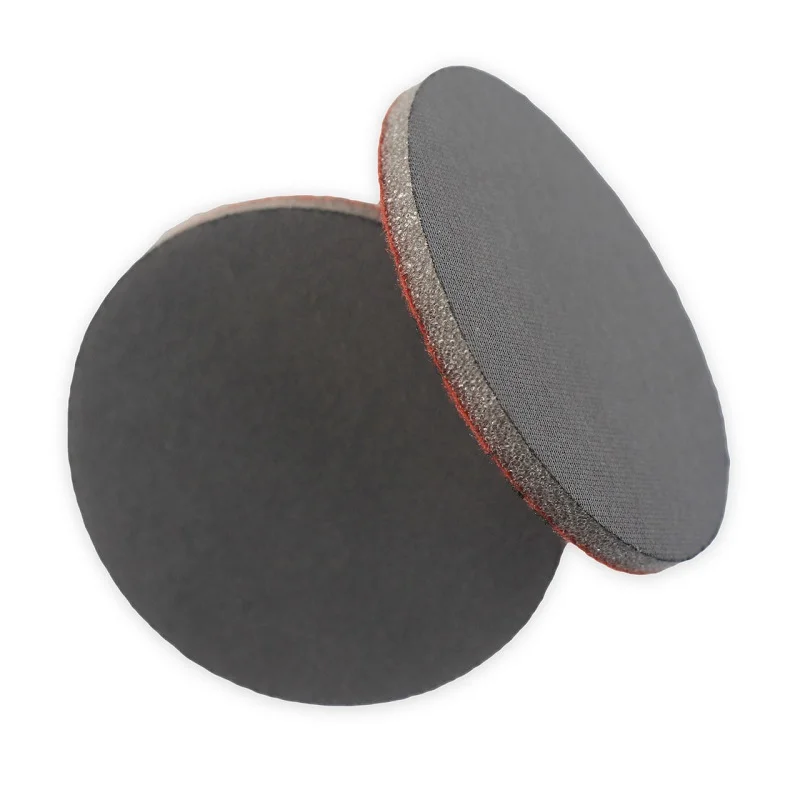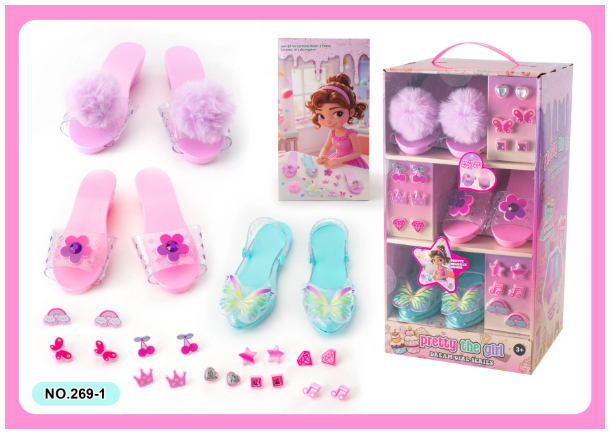Affordable Tiny Living: A Comprehensive Guide to Building Your Tiny Home on a Budget
In recent years, the tiny home movement has gained significant traction, appealing to those seeking a minimalist lifestyle, financial freedom, and a smaller ecological footprint. However, the misconception that building a tiny home must be expensive can deter many potential builders. In this article, we will explore practical strategies and innovative approaches to constructing a tiny home cheaply, ensuring that your dream of tiny living becomes a reality without breaking the bank.
Understanding the Tiny Home Concept
Before diving into the specifics of building a tiny home affordably, it’s essential to understand what constitutes a tiny home. Typically, tiny homes are defined as dwellings under 400 square feet. They can be mobile (on wheels) or stationary, and they often emphasize efficient use of space, sustainability, and simplicity. The appeal lies not just in the size but in the lifestyle it promotes—less clutter, lower expenses, and a closer connection to nature.
Step 1: Planning and Design
1.1 Define Your Needs
The first step in building a tiny home cheaply is to clearly define your needs. Consider the following questions:
- How many people will live in the home?
- What essential amenities do you require?
- What is your ideal layout?
By answering these questions, you can create a focused design that minimizes unnecessary features, ultimately reducing costs.
1.2 Utilize Free Design Resources
There are numerous free resources available online for tiny home designs. Websites like Tiny House Talk and Tiny House Listings offer a plethora of plans and ideas. Additionally, software like SketchUp can help you visualize your design without incurring costs.
Step 2: Sourcing Materials
2.1 Salvage and Reclaimed Materials
One of the most effective ways to cut costs is by sourcing salvaged or reclaimed materials. Many builders have successfully used materials from deconstructed buildings, such as wood, windows, and doors. Local Habitat for Humanity ReStores often sell these items at a fraction of their original cost.
2.2 Bulk Purchasing and Discounts
If you need to buy new materials, consider purchasing in bulk or seeking out discounts from local suppliers. Establishing relationships with local hardware stores can lead to potential discounts or access to surplus materials.
Step 3: DIY vs. Hiring Professionals
3.1 Assess Your Skills
Deciding whether to tackle the build yourself or hire professionals is crucial. If you possess skills in carpentry, plumbing, or electrical work, you can save significantly by doing it yourself. However, if you lack experience, consider hiring professionals for critical tasks while handling simpler projects yourself.
3.2 Community Workshops and Classes
Many communities offer workshops and classes on building techniques. Participating in these can enhance your skills and confidence, enabling you to take on more of the project independently.
Step 4: Efficient Use of Space
4.1 Multi-Functional Furniture
In a tiny home, every square foot counts. Invest in multi-functional furniture that serves more than one purpose, such as a sofa bed or a dining table that doubles as a workspace. This approach maximizes space and minimizes the need for additional furniture purchases.
4.2 Smart Storage Solutions
Incorporate smart storage solutions into your design. Utilize vertical space with shelves, under-bed storage, and built-in cabinets to keep your tiny home organized and clutter-free.
Step 5: Sustainable Practices
5.1 Energy Efficiency
Building a tiny home provides an excellent opportunity to incorporate energy-efficient practices. Consider installing solar panels, energy-efficient appliances, and high-quality insulation to reduce long-term utility costs.
5.2 Water Conservation
Implement water-saving fixtures and consider rainwater harvesting systems. These sustainable practices not only lower your bills but also contribute to a more environmentally friendly lifestyle.
Conclusion: Embrace the Journey
Building a tiny home cheaply is not just about saving money; it’s about embracing a lifestyle that prioritizes simplicity, sustainability, and intentional living. By carefully planning your project, sourcing materials wisely, and utilizing your skills, you can create a beautiful and functional tiny home that reflects your values and aspirations.




